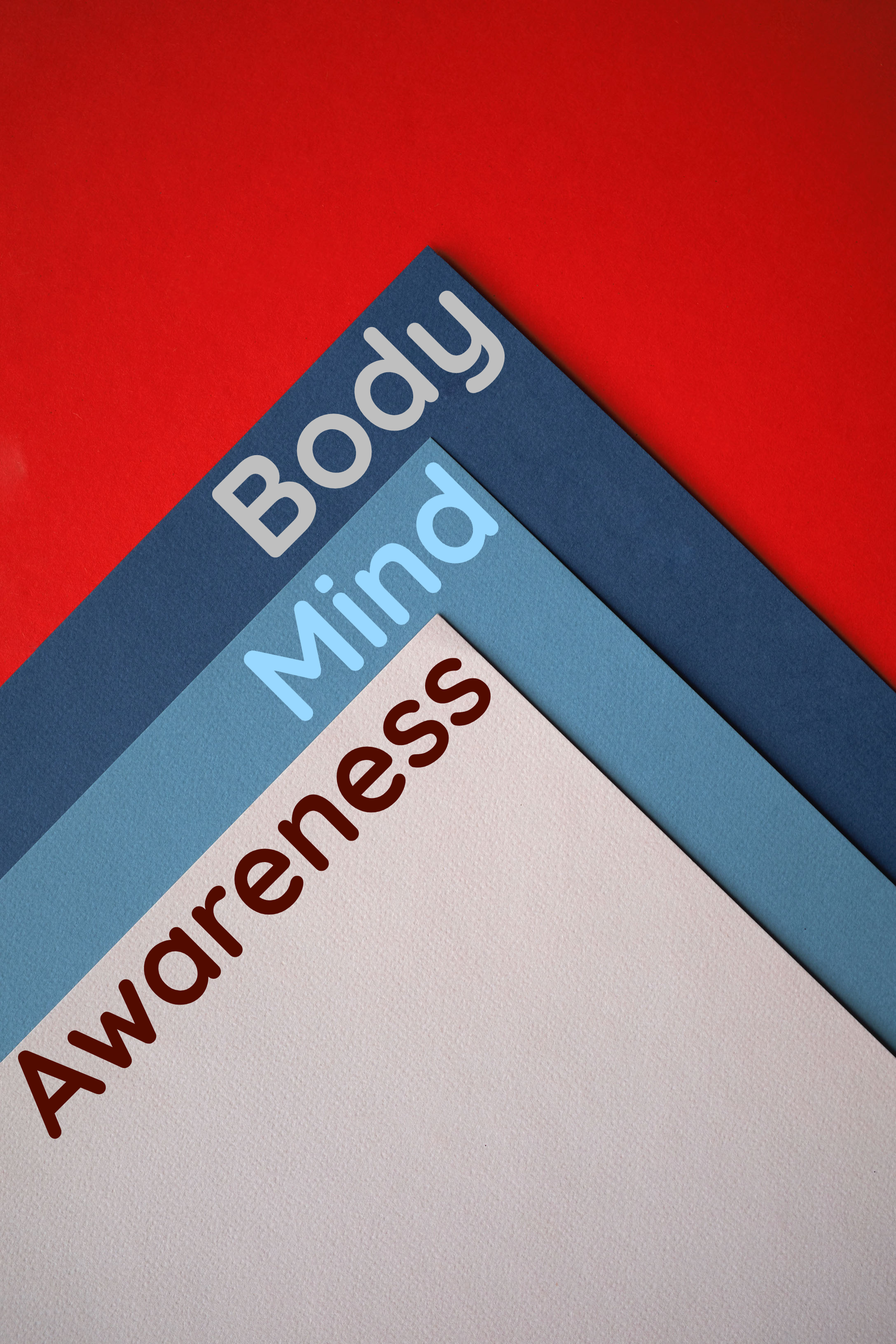How to effectively relax the body and the mind
There are two points in any given day when the mind and the body are in perfect synchrony. One is at the moment we wake up from sleep, and the other is the moment when we enter sleep. To enter the embrace of sleep, both the body and the mind have to relax completely. When we wake up, there is a brief moment when awareness returns, and while the body and mind remain relaxed. This is a temporary period of separation of the body, mind, and awareness. This momentary phase of pure awareness barely registers. A powerful current of thoughts floods into the mind, the mind begins to feel heavy, and we settle into ordinary wakefulness.
Through effort, we can consciously relax the body and the mind; however, that relaxation is not total and complete. A small portion of our being remains with the effort. The moment we let go, we slip into sleep. Ordinarily, awareness is tightly intertwined with wakefulness and with sleep. When the body and the mind are awake, awareness is maintained; when they relax into sleep, we lose awareness. Whatever practice we may undertake, call it a spiritual pursuit, a more in-depth understanding of the self, or whatever else, ultimately breaking the bonds that tie awareness to the daily sleep-wake cycle is the goal.
The earth also goes through its sleep-wake cycle in the form of the night and day. As long as the body is alive, it cannot escape a well-defined day-night cycle. The body cannot go more than a day without sleep. Like the body which aligns to the earth's day-night cycle, the mind aligns with the moon. A happy mind is like a bright full moon, and an anxious and unhappy mind is like the dull new moon. The mind oscillates between happiness and sadness. As long as there are desire and expectation, no one can escape the duality of joy and sorrow.
The sleep-wake cycle places limits on the body, and the polarity of happiness and sadness define the boundary of the mind. When awareness is closely intertwined with the body and the mind, it cannot escape these limitations. Like a raw fruit in which the skin, the pulp, and the fruit cannot be separated, when we are identified with the body and thoughts, awareness cannot be separated. The seed of free awareness is within everyone. This seed remains dormant as long as we entertain choice through the pursuit of desire.
The body is like the earth, the mind is like the moon, and free awareness is like the sun. The sun does not have a day-night cycle or phases where it dims and brightens up. All the planets revolve around it, and each one has a specific period in relation to the sun. The sun generates heat and light, the moon reflects that light, and the earth is the receiver where we experience both warmth and light.
Similarly, awareness generates the sense of being alive, which may be compared to the warmth of the sun's rays, and the ability to perceive which may be compared to sunlight. This ability to perceive is reflected in the mind, and the mind uses the reflected light of awareness to light up the world of thoughts. Just as there is a big difference between moonlight and sunlight, direct perception from pure awareness is much more potent than indirect perception through the filter of the mind and thoughts.
Like the moon and the earth which don't have to do anything special to receive the rays of the sun, there are no switches the body or the mind that we need to turn on to become aware. Just as the sun shines independent of the happenings on earth, a portion of awareness always remains is independent of the body and the mind. De-identification with the mind and the body expands the reach of free awareness. The body and the mind are such strong focal points, it is hard to fathom maintaining awareness in a non-localized context.
We get a brief taste of free, non-localized awareness just as we are entering sleep, and exiting sleep into wakefulness. Remaining alert during these short intervals between wakefulness and sleep gives us glimpses of non-localized awareness, which is a state of non-doing and no-mind.
It is like getting a glimpse of the peak of the tallest mountain on earth while sitting in the comfort of the pressurized cabin of an aircraft. To get to that peak and stand there, it may take months and years of training and preparation along with arduous efforts to acclimatize. Similarly, to get to a state of non-localized awareness associated with non-doing and no-mind, it takes time and effort.
The first step is witnessing. Witnessing is like watching someone on a television screen. We can hear what they are saying and see their actions, but we cannot influence what they say or how they act. Similarly, we can witness the mind and the activities of the body. The effort is solely on remaining watchful and not on influencing the mind or actions. Gradually we become more in tune with awareness, and there is less identification with the body and the mind.
When we are not identified with the body and the mind, we become aware that we perceive from somewhere beyond the body and the mind. The body provides the hardware, and the mind provides the software to process whatever we perceive in the context of the world and our place in the world. By becoming aware, we don't cease to act or think. Instead, we are more effective in our thinking and action. When needed, we can call upon the mind and the body. Otherwise, they are allowed to remain in a state of rest. Sleep becomes a bonus, offering a more profound rest when we are established in a state of awareness.







